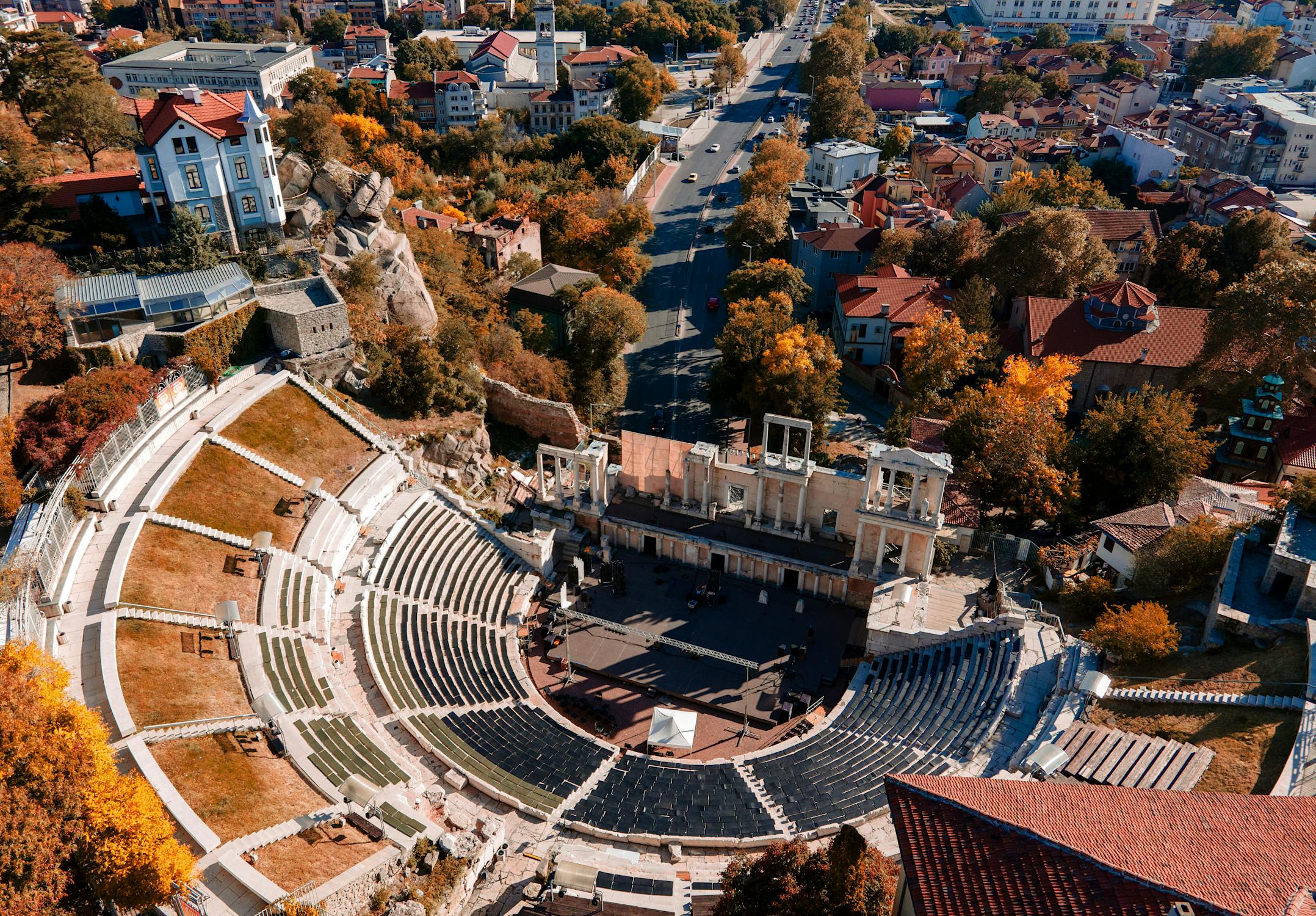Unseen Cultural Wonders in Eastern Europe

Eastern Europe is a treasure trove of cultural wonders, often overshadowed by its Western counterparts. From ancient traditions to modern artistic expressions, the region offers a rich tapestry of experiences waiting to be explored. This article delves into some of the lesser-known cultural gems of Eastern Europe, providing insights into historical contexts, contemporary relevance, and practical tips for travelers.
Historic Landmarks and Architectural Marvels
Eastern Europe boasts an array of historic landmarks that reflect its diverse cultural heritage. One notable example is the Rila Monastery in Bulgaria, a UNESCO World Heritage Site founded in the 10th century. This architectural marvel combines medieval, Renaissance, and Baroque elements, offering a glimpse into Bulgaria’s spiritual and cultural history.
In Poland, the Wieliczka Salt Mine near Krakow stands as a testament to human ingenuity. Operating since the 13th century, this subterranean labyrinth features chapels, sculptures, and even an underground lake, all carved from salt. Visitors can explore this unique site through guided tours that delve into its historical significance and artistic achievements.
Another gem is the Bran Castle in Romania, often associated with the Dracula legend. While the connection to Vlad the Impaler is tenuous at best, the castle itself is a stunning example of Gothic architecture. It offers panoramic views of the surrounding Carpathian Mountains and houses a museum dedicated to Romanian history and folklore.
Cultural Festivals and Traditions
Eastern Europe is home to numerous cultural festivals that celebrate everything from traditional music and dance to contemporary art. The Budapest Spring Festival in Hungary is one of the largest cultural events in the region, featuring performances by world-renowned artists in venues across the city. This festival provides an excellent opportunity for visitors to experience Hungarian culture in a vibrant setting.
In Latvia, the Song and Dance Festival held every five years in Riga is a UNESCO-recognized event that showcases the country’s rich musical heritage. Thousands of performers participate in mass choir concerts, folk dance performances, and other cultural activities, creating a truly immersive experience for attendees.
- Budapest Spring Festival (Hungary)
- Song and Dance Festival (Latvia)
- International Folklore Festival (Croatia)
- Mărțișor Festival (Moldova)
The International Folklore Festival in Croatia brings together performers from around the globe to celebrate traditional music and dance. Held annually in Zagreb, this festival offers visitors a chance to experience diverse cultural expressions while enjoying the city’s historic charm.
Culinary Delights
The culinary landscape of Eastern Europe is as diverse as its cultural heritage. Each country boasts unique dishes that reflect local ingredients and traditional cooking methods. In Hungary, goulash—a hearty stew made with beef, vegetables, and paprika—remains a staple of Hungarian cuisine. Served with fresh bread or dumplings, this dish is a must-try for anyone visiting the country.
Poland’s pierogi are another culinary highlight. These dumplings can be filled with various ingredients such as potatoes, cheese, meat, or fruit. Often served with sour cream or fried onions, pierogi are a beloved comfort food across Poland.
| Country | Signature Dish | Key Ingredients |
|---|---|---|
| Hungary | Goulash | Beef, Vegetables, Paprika |
| Poland | Pierogi | Potatoes, Cheese, Meat |
| Romania | Sarmale | Cabbage Leaves, Pork Rice Filling |
| Bulgaria | Banitsa | Phyllo Dough, Cheese Eggs |
| Czech Republic | Svíčková | Beef Loin, Root Vegetables Cream Sauce |
Artistic Expressions: From Folk Art to Contemporary Creations
The artistic landscape of Eastern Europe is incredibly diverse, ranging from traditional folk art to cutting-edge contemporary creations. In Slovakia, traditional folk art such as pottery and woodcarving reflects centuries-old techniques passed down through generations. Villages like Čičmany are renowned for their intricately painted wooden houses adorned with geometric patterns.
Croatia’s Naive Art movement offers another fascinating glimpse into regional creativity. Originating in the early 20th century among self-taught artists in rural areas like Hlebine, this genre is characterized by its vivid colors and imaginative scenes depicting everyday life. The Croatian Museum of Naïve Art in Zagreb houses an extensive collection that showcases this unique artistic tradition.
Evolving from these traditional forms are contemporary art scenes thriving in cities like Prague and Warsaw. Galleries such as DOX Centre for Contemporary Art in Prague feature exhibitions that challenge conventional notions of art while addressing social and political issues relevant today. Similarly, Warsaw’s Museum on the Vistula hosts dynamic exhibitions focusing on modern Polish artists exploring themes related to identity culture urbanization among others.